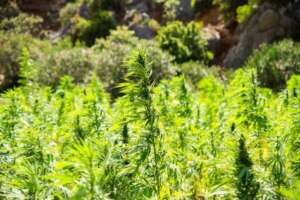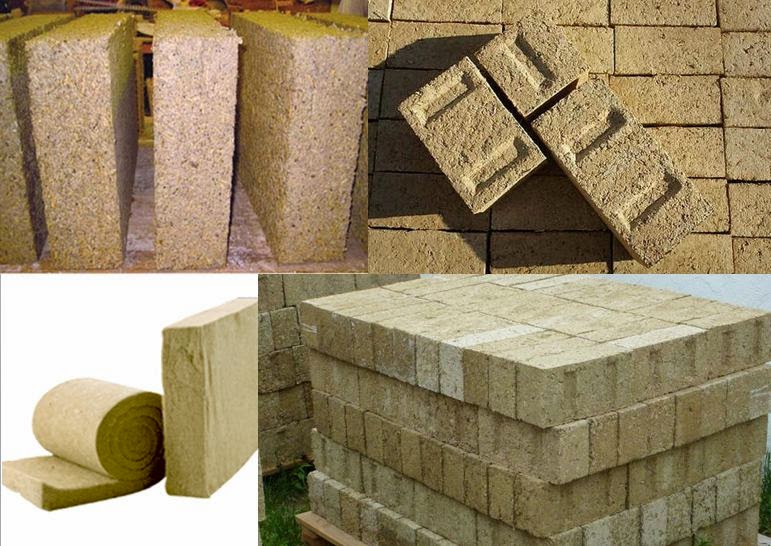The many environmental benefits of American Hemp
As medical marijuana has gained prominence, so has its cousin, the American hemp plant. Activists have brought attention not only to the benefits of medical cannabis, but also those of hemp. Contrary to mainstream belief, hemp and marijuana are different plants. Though both plants are in the same family as the Cannabis Sativa plant, they are actually different breeds. Specifically, hemp refers to the hemp seeds and stalks of the plant that can be used in commercial products.
Hemp is illegal in many countries, due to lawmakers confusing it with marijuana. Since it is a different breed of Cannabis plant, industrial hemp has very low amounts of THC (.3 – 1.5 percent), marijuana’s active ingredient. Due to this, smoking it would likely yield a headache, but not a high. In comparison, marijuana contains at the very least 5 to 10 percent THC, if not more.
Once one sorts through the misconceptions, American hemp is an excellent alternative for many commercial products. In many cases, it is not merely an alternative, but actually creates a much more effective product. Humans have used products such as cotton, wood, and oil for hundreds of years without realizing there is a better alternative.
American Hemp is very nutritious food product, high in healthy fats and nutrients. The seeds may be eaten raw, or added into trail mixes, granola bars, smoothies, cereals, and other foods. It may also be used to create low carb and low fat protein supplements.
Variety of Uses
Clothing
Hemp can be fashioned into a variety of clothing products. It is incredibly strong, but is also soft and comfortable. Hemp clothing holds its shape and is not distorted by harsh conditions and washing, and actually becomes softer the more it is used. It is ten times stronger than cotton.
Only very recently has hemp became suitable for clothing – researchers in the mid 1980’s developed a method to remove lignin, a type of natural glue found in many plant fibers, without compromising the fabric’s strength. Prior to this discovery, acid was used to soften hemp clothing, however this greatly decreased the materials natural strength. A company Hoodlabs makes help clothing like the picture.
Food
American Hemp is very nutritious food product, high in healthy fats and nutrients. The seeds may be eaten raw, or added into trail mixes, granola bars, smoothies, cereals, and other foods. It may also be used to create low carb and low fat protein supplements.
A very popular hemp product is hemp oil, the natural extract from the hemp plant. It is commonly used as a dietary supplement for its high amounts of fiber, omega-3s, omega-6s, and protein. It is known to have a nutty taste and is superior to olive and flaxseed oils nutritionally. Hemp oil can be used in various recipes, and even be taken by itself.

Building Materials
American hemp has long been used a material in construction. It is most often used in canvas and rope. Hemp is extremely durable and can withstand tension and support heavy weight. A recent breakthrough has compressed fiber boards to be created with hemp. These are nearly as strong as fiberglass, lighter than wood, and are effective insulators (meaning less fuel is consumed for heating). Fibers may also be used in bio-plastics that replace oil based plastics.
Fuel
With its low moisture content, hemp dries very quickly, rendering it useful as biofuel shortly after harvest. Waste products produced during hemp processing yield high amounts of methanol and ethanol. A single acre of hemp can yield upwards of 1000 gallons of fuel! Hemp is renewable alternative to nonrenewable fossil fuels which are quickly dwindling – it can completely eliminate our need for gas, coal, and oil.
Large Output and less processing
One acre of Hemp can produce more than four times the amount of paper as an acre of trees, in less time. Hemp can be used to create paper and paper products, with much less time and energy than using trees would. Hemp is also faster converted to pulp due to its lower lignin content. It also has a naturally bright color, eliminating the need to use chlorine bleach, which releases the toxin byproduct dioxin into the environment during processing.
Low Pollution
Nearly all byproducts of hemp processing are biodegradable or useful in other products. The entire plant can be used. Hemp is naturally robust and requires little pesticides to protect it. The plant can grow in harsher environments, therefore eliminating the need for fertilizers and keeping the soil healthy. When burned, the largest byproduct is carbon dioxide, yet this carbon dioxide can help other plants grow.
High Sustainability
Sustainability is defined as creating as much as one is using. American hemp has very high sustainability – it can be replenished faster than it is used. Even more impressive is the fact that it can do so while replacing our need for wood, fossil fuels, and cotton. Materials such as wood and cotton also take more time, resources, and manpower to process, while American hemp can produce magnitudes more material in much less time.
Iron Lungs – USAWeed.org Contributor



